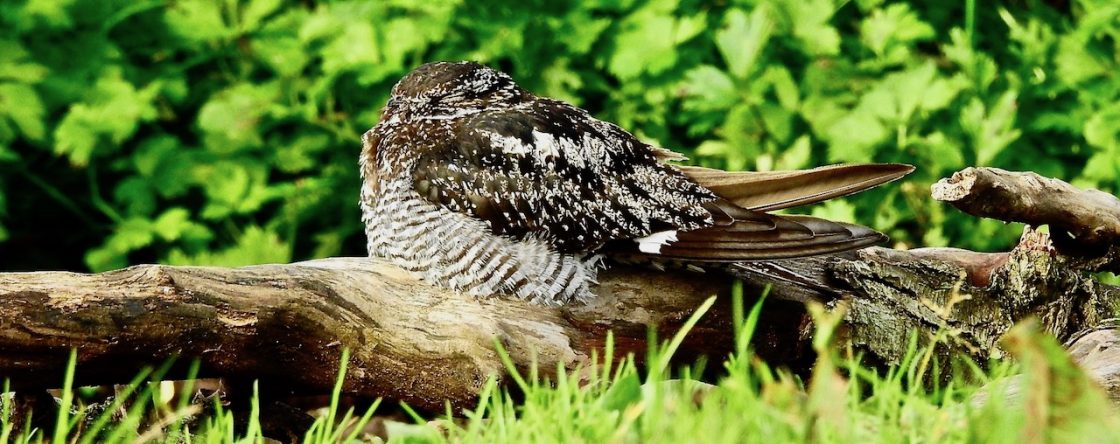
I’d no sooner pulled up this morning by Redscar Woods when news came through that the Belted Kingfisher was viewable from the top of Brockholes downriver, so back round the loops of the Ribble I went.
It wasn’t long before the snow set in though and while standing in an angler’s Christmas Card was pleasant enough, it wasn’t getting the big boy seen.
Common Kingfisher, Great White Egret, 3+ Green Sandpipers and Common Sandpiper passed the time, but the snow got thicker and I decided to walk round to the Tun Brook mouth and try scanning the river from there after 12.30.

The slope down to the Tun Brook mouth wasn’t too bad today despite the “Death Slide” and “Cresta Run” nicknames bestowed upon it in the last week – with a monopod and ‘scope for a stick, grown-up walking boots, a good supply of Kendal Mint Cake and a fully-stocked well of profanities the steep muddy incline could be negotiated despite the damp and snow.
But the snow kept falling and it wasn’t looking promising.
Mercifully conditions improved after 2.30pm, and about 15 minutes after the snow stopped I heard a shout from downstream somewhere “it’s flying upriver!!!” (thanks to whoever the disembodied voice belonged to).

Just enough time to get a glimpse of the Belted Kingfisher as it flew round the bend of the Ribble and disappeared into the dense trees about 100m down from the Tun Brook. Nice but hardly enough for a bird of this quality.
I needn’t have worried – a few minutes later the male Belted Kingfisher treated the small crowd to a smashing flypast before perching up briefly in the hawthorns across the river just left of us – what a bird (see top pic)!
Then it flew back past us again, perched up briefly in the three hawthorns across the river, before sweeping back downstream to disappear into the tree-lined coils of the Ribble, as the late afternoon light began to fade.
Glorious.























